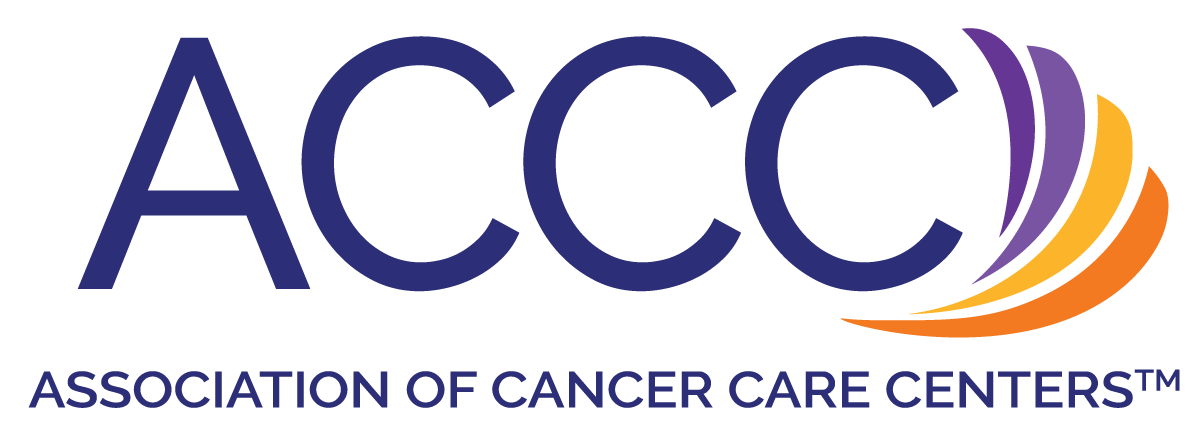
Lean Six Sigma in Oncology: Insights From Waterhouse and Mendenhall

David M. Waterhouse, MD, MPH, and Molly Mendenhall, MBOE, LSSBB, BSN, RN, discuss how the implementation of Lean Six Sigma methodology at Oncology Hematology Care in Cincinnati, Ohio, has transformed clinical operations and elevated the quality of patient care.
David M. Waterhouse, MD, MPH, and Molly Mendenhall, MBOE, LSSBB, BSN, RN, discuss how the implementation of Lean Six Sigma methodology at Oncology Hematology Care (OHC) in Cincinnati, Ohio, has transformed clinical operations and elevated the quality of patient care.
Transcription:
0:10 | Lean Six Sigma is something that OHC deploys to look at quality improvement projects—basically using that process as a structured approach to identify and often eliminate inefficiencies. Our staging process looks at defining the problem and how are we measuring baseline to find the gap to the goal? How do we analyze root causes? Then, when can we implement those targeted strategies and interventions to move it to that controlled phase where we can sustain that improvement over time?
0:48 | This study built upon an earlier study that we had done, not actually trying to improve lung cancer biomarker testing. We had noticed that there was a sizable gap in our testing rates in our office. We knew this because we had been participating in another observational study. We were disturbed by the findings and decided we were going to fix it.
1:14 | During the course of addressing that—published as a plenary paper last year at ACCC—we noticed a problem with staging. Although doctors' notes had staged patients largely correctly and patients were receiving the appropriate treatment, the staging information was not making it into structured fields. As a result of that, it was very difficult to measure what we were looking for. If you can’t find the patient, you can’t implement these kinds of improvements.
1:54 | We knew there was a problem with staging, and we suspected this issue was not unique to non–small cell lung cancer but applied to other areas as well, which proved true. We decided that if we were going to keep working on these kinds of quality projects—until NLP and other processes can automatically stage for us—we had to fix this. That’s what led to the project itself: setting a goal to improve from a correct staging rate of X to an aspirational goal of Y.
2:30 | At least for the non–small cell lung cancer group, we knew our baseline because of participation in a prior project. To establish the baseline for other areas, we performed manual chart auditing. From there, we developed processes, auditing, reporting to physicians, and creating dashboards to help them understand their staging data.
3:08 | As we did that, we repeatedly asked, ‘Please fix it. Please fix it. Please fix it.’ While we saw some improvement, it wasn’t enough. To incentivize progress, we tied this to our compensation system at OHC. A portion of compensation depends on meeting various quality metrics relevant to each specialty—whether medical oncology, radiation oncology, gynecologic oncology, or others.
3:40 | We made this metric tied to staging a part of that system. It was a zero-sum game: if everyone met the metrics, everyone was paid the same, but if someone didn’t, they hurt the group. Those who didn’t meet the metrics forfeited that portion of compensation, which was then distributed among their partners.
4:00 | From a Six Sigma perspective, we used the DMAIC process to address the nuts and bolts of fixing the broken pieces. There are a lot of great Lean Six Sigma tools out there, and we relied on them as part of the solution. But the other part was building a supportive culture and securing physician champion buy-in.
4:18 | From a tools perspective, we used value stream and process mapping to evaluate where we stood and identify the gaps. We performed root cause analyses and created cause-and-effect trees. Control charts helped us track staging improvements over time, from baseline to the control phase of the project. Pareto charts helped us pinpoint specific broken









































